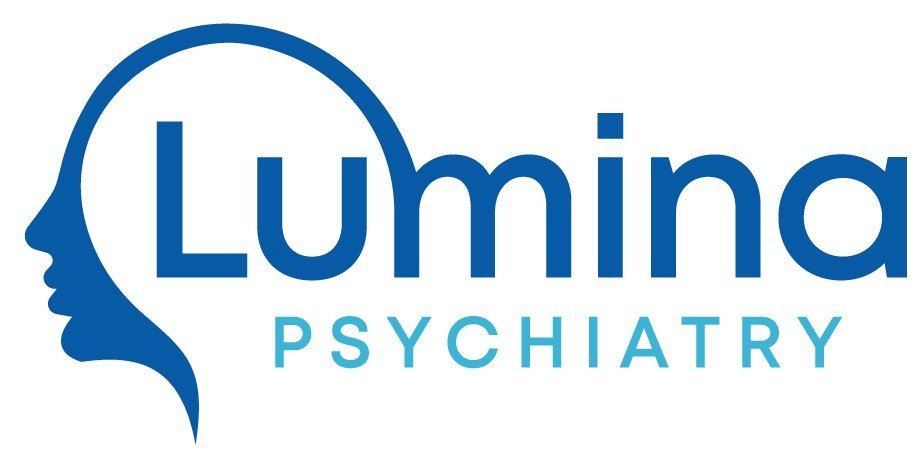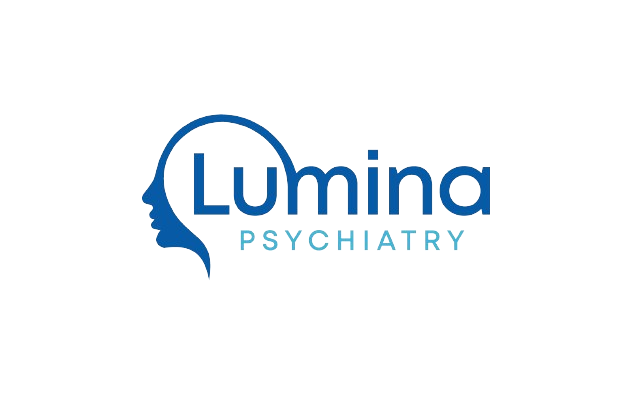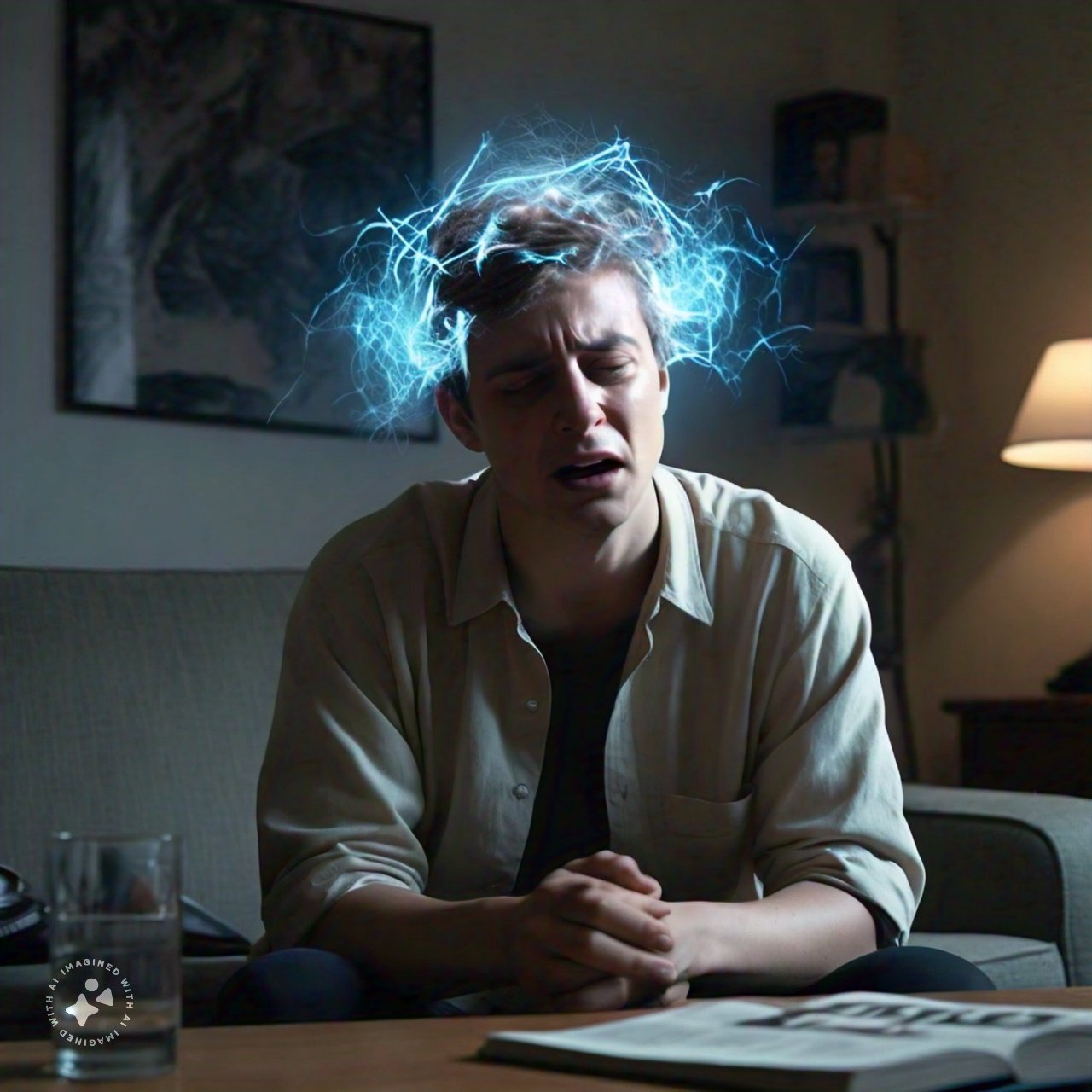Attention Deficit Hyperactivity Disorder (ADHD) affects millions worldwide, manifesting through symptoms such as inattention, hyperactivity, and impulsivity. Effective treatment options are critical for managing these symptoms, enhancing focus, and improving overall quality of life. Among the available medications, atomoxetine stands out as a non-stimulant treatment that targets the nerve pathways associated with attention and impulse control.
Atomoxetine offers a promising alternative for those who may not respond well to traditional stimulant medications or who experience undesirable side effects. It works by selectively inhibiting the reuptake of norepinephrine, a neurotransmitter essential for attention and response actions, thus helping to stabilize mood and increase attention span.
Lumina Psychiatry has embraced atomoxetine in its comprehensive ADHD treatment plans, pioneering its use to tailor therapies that meet the unique needs of each patient. Their commitment to advancing ADHD treatment with atomoxetine has significantly contributed to broader acceptance and understanding of this medication’s potential benefits.
What is Atomoxetine?
Overview of Atomoxetine
Atomoxetine is a non-stimulant medication, distinctively classified due to its chemical action and the symptoms it targets. Unlike stimulants that primarily affect dopamine levels, atomoxetine increases the levels of norepinephrine in the brain. This change specifically helps improve attention, decreases impulsiveness, and enhances organizational skills among individuals with ADHD. This drug operates continuously, with a focus on extending attention span and managing the daily challenges associated with ADHD, making it an essential tool for sustained symptom control.
Atomoxetine vs. Traditional Stimulants
Atomoxetine and traditional stimulants like amphetamine or methylphenidate differ significantly in their mechanisms and effects. While stimulants kick-start a broad increase in several neurotransmitters quickly, atomoxetine takes a slower, more steady approach, focusing specifically on norepinephrine. This targeted action reduces the risk of side effects commonly associated with stimulants, such as sleep disturbances and appetite suppression.
For patients sensitive to stimulants or those seeking a medication with less potential for abuse, atomoxetine offers a compelling advantage. It is also suitable for patients with a history of substance misuse or anxiety disorders, providing a safe and effective alternative. Atomoxetine’s unique properties and benefits thus make it a vital option in the diverse arsenal against ADHD.
Atomoxetine Dosage

Dosing atomoxetine properly is crucial for achieving optimal benefits while minimizing side effects. Typically, doctors start patients on a low dose, gradually increasing it to allow the body to adjust to the medication. The specific dosage varies depending on the patient’s weight and the severity of their symptoms.
For children and adolescents, the dose usually starts at 0.5 mg per kilogram of body weight and may be increased to approximately 1.2 mg per kilogram.
For adults, the starting dose might be around 40 mg daily, increasing to a maximum of around 100 mg depending on the patient’s response and tolerability.
It’s important to take atomoxetine at the same time each day to maintain an even level in your system, and it can be taken with or without food. Patients should follow their healthcare provider’s instructions closely and report any concerns or side effects as the dosage is adjusted to find the most effective and tolerable balance.
The Benefits of Atomoxetine for ADHD

Effectiveness in Symptom Management
Atomoxetine significantly improves focus, attention, and reduces impulsivity in individuals with ADHD. By increasing norepinephrine in the brain, the medication helps users maintain a longer attention span and better control over their actions. This improvement in core symptoms makes daily tasks and interactions smoother and more manageable, providing a solid foundation for personal and professional growth.
Benefits Over Long-Term Use
Using atomoxetine for long-term treatment offers stable symptom management with a reduced risk of dependency, which is a common concern with stimulant medications. Users of atomoxetine typically experience consistent effects on their concentration and behavior, which can prevent the highs and lows often associated with stimulants. Moreover, the improvement in executive functions — like planning, organization, and task completion — grows over time, enabling a progressive enhancement in quality of life and functional abilities. This stability makes atomoxetine a dependable option for long-term ADHD management, supporting ongoing success in various life endeavors.
Potential Side Effects and Management
Atomoxetine helps many people manage their ADHD, but it can also cause some side effects, including:
- Nausea: This often occurs early in treatment as the body adjusts to the medication.
- Fatigue: Users may feel unusually tired during the initial phases of treatment.
- Mood Swings: Some individuals might experience emotional fluctuations, especially in the first few weeks of starting atomoxetine.
Managing Side Effects
Effectively managing side effects can significantly improve treatment adherence and overall experience with this drug:
- Stay Hydrated and Eat Balanced Meals: Drinking plenty of water and maintaining a healthy diet can help mitigate nausea and maintain energy levels.
- Adjust Dosage Times: Taking atomoxetine with a meal or before bed can reduce the impact of nausea and fatigue.
- Monitor and Communicate: Keeping track of side effects and discussing them with a healthcare provider ensures the treatment plan is adjusted to minimize discomfort.
- Gradual Dosage Adjustment: Starting with a lower dose and gradually increasing it can help the body adapt more comfortably, reducing the severity of side effects.
Lumina Psychiatry’s Approach with Atomoxetine

Diagnostic Evaluation
Lumina Psychiatry conducts thorough evaluations to ensure an accurate ADHD diagnosis before prescribing atomoxetine. The team assesses each patient’s medical history, symptoms, and lifestyle factors through detailed interviews and diagnostic tests. This careful examination helps identify ADHD and determine if atomoxetine is the most suitable medication option.
Personalized Treatment Plans
Lumina Psychiatry tailors atomoxetine treatment plans to each patient’s unique needs. After diagnosis, the clinicians discuss goals and potential side effects with the patient, setting the stage for a customized approach. They consider factors like age, co-existing conditions, and previous medication responses. This personalized strategy ensures that atomoxetine integrates smoothly into the patient’s overall treatment plan, optimizing effectiveness.
Conclusion
Atomoxetine plays a vital role in treating ADHD by enhancing focus and controlling impulsivity without the common drawbacks of stimulant medications. Lumina Psychiatry commits to comprehensive care, ensuring each patient receives a personalized treatment plan and ongoing support. We encourage individuals and caregivers to consult with our experts for guidance on managing ADHD effectively.
Call to Action
Explore your options with atomoxetine and benefit from personalized care at Lumina Psychiatry. Visit our website or contact us directly to start your journey toward better ADHD management.




